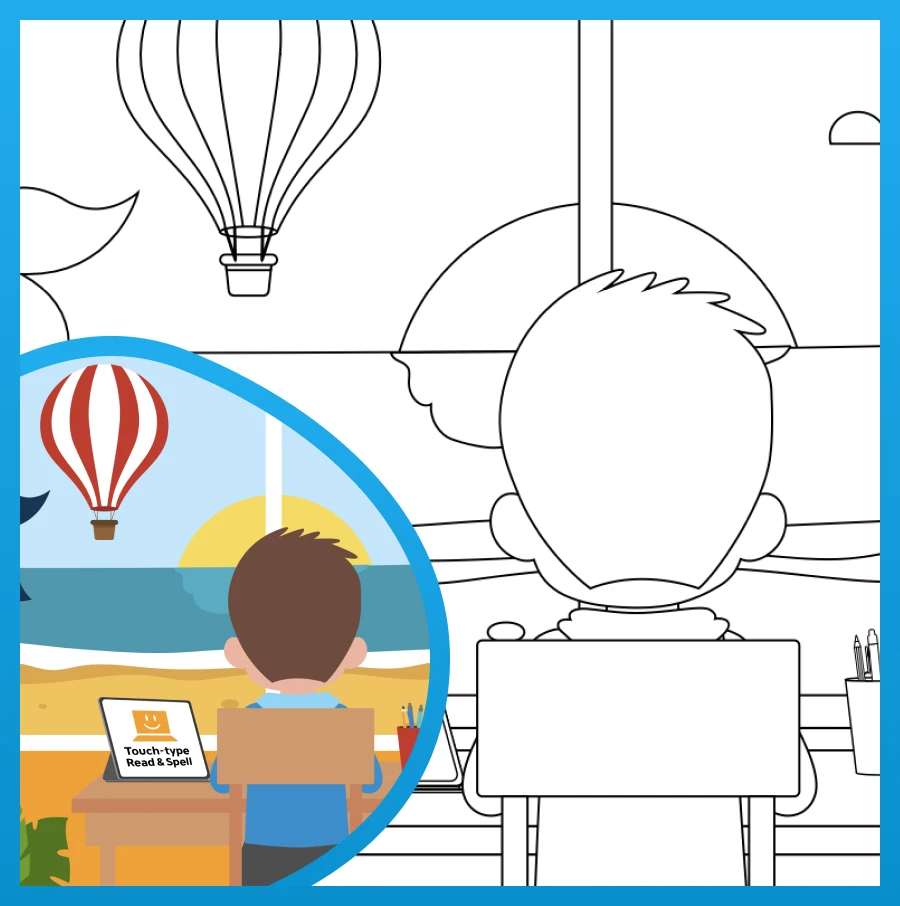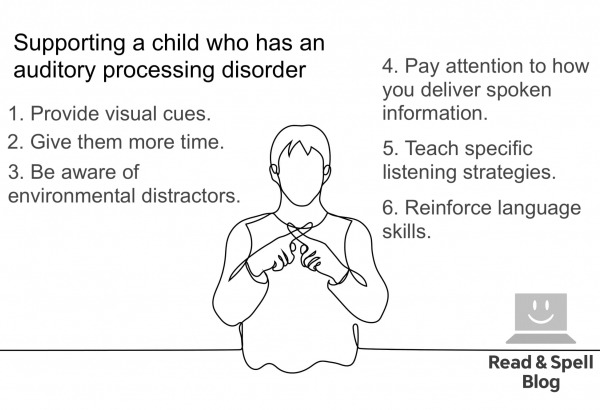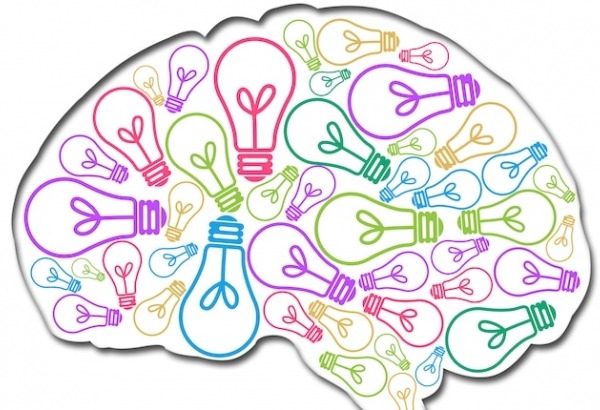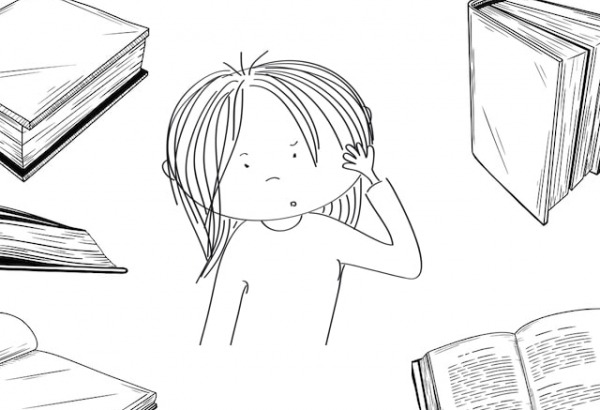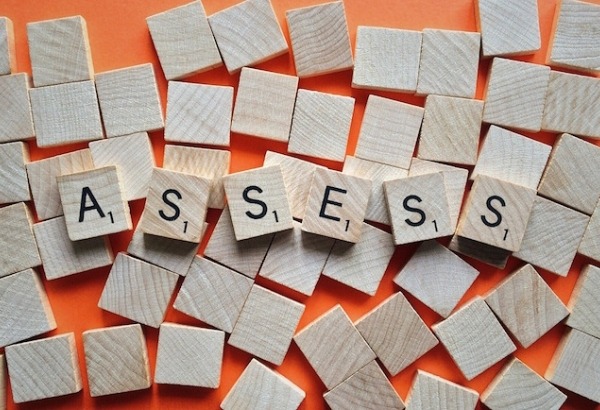3 Types of learning difficulties
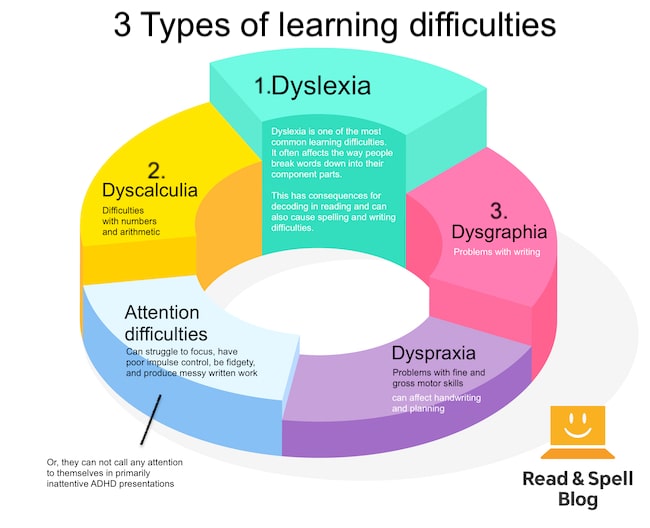
A learning difficulty is a condition that can cause an individual to experience problems in a traditional classroom learning context. There are different types of learning difficulties that may interfere with literacy skills development and math. They can also affect memory, ability to focus and organizational skills. A child or adult with a learning difficulty may require additional time to complete assignments at school and can often benefit from strategy instruction and classroom accommodations, such as material delivered in special fonts or the ability to use a computer to take notes.
No two individuals with a learning difficulty are exactly alike and conditions, such as dyslexia, dyscalculia, and dysgraphia, exist on a wide-spectrum. Note, it’s not uncommon for learning difficulties and motor-skills difficulties to co-present. Dyspraxia is a motor-skills difficulty that can affect a learner’s ability to write by hand, and may impact planning skills as well. The same is true when it comes to attention deficit hyperactivity disorder (ADHD).
What's in a name?
Learning difficulties are sometimes referred to as learning disabilities. You may also encounter the terms learning differences or specific learning differences. The differences between these labels can seem subtle but may have implications for how an individual with a learning difficulty views him or herself. The word disability implies a person is less able than his or her peers. It can also suggest they are in a permanent state of disadvantage and cause them to lose agency.
On the other hand, a learning difference takes the opposite approach in underscoring that a person simply learns in a different way from others. They are not disabled, it’s just that their brains work differently. The term learning difficulty falls somewhere in-between, describing the added challenges an individual might face in a typical school environment, but also suggesting that these challenges are difficulties that can be overcome.
1. Dyslexia
Dyslexia is one of the most common learning difficulties - also known as learning disabilities, in the US. Dyslexia often affects the way people break words down into their component parts.
This has consequences for decoding in reading and can also cause spelling and writing difficulties. Because reading and writing are central to most school curriculums, children with undiagnosed dyslexia can quickly fall behind their peers as they experience problems with note-taking, reading, homework, writing assignments and assessments.
Dyslexia is not associated with lower intelligence, but language difficulties can cause children to believe they are less intelligent than their peers and result in low-confidence and a poor self-image.
Some common signs of dyslexia include problems reading out loud, inconsistent spelling – they may be able to spell a word one day and not the next - losing one’s place on a page, a poor grasp of phonics, letter reversals, halted writing due to trouble with spelling, and a vocabulary that’s more limited in scope. Learn about the signs of dyslexia, strategies for students with dyslexia, and how to help adults with dyslexia in these articles.
2. Dysgraphia
Children who struggle with dysgraphia have a hard time with writing and may produce text that is illegible. Writing can be labored, take a long time to complete and cause frustration and stress. The spatial orientation and planning aspects of writing can be particularly challenging for people with dysgraphia. This includes planning the white spaces between letters and words, writing in a straight line and/or producing lines of text that are vertically spaced.
Staying in the margins, using punctuation and choosing between capital and lowercase letters may also be hard. Letter formation itself might be problematic and typing on the computer is often a recommended accommodation at school.
Children with dysgraphia may be eager to avoid handwriting, particularly in front of their peers. They may feel embarrassed when writing on the board, produce less text than is necessary for written assignments, and can generally perform poorly on assessments that require written answers. Learn more about the signs of dysgraphia or read our article on the differences between dyslexia and dysgraphia.
3. Dyscalculia
As opposed to dyslexia and dysgraphia which are both language based learning difficulties, dyscalculia has to do with processing numbers. Children with dyscalculia can have trouble performing simple arithmetic. They may not know how to approach a math problem. Sometimes the spatial aspect of balancing equations is tricky, as well as grouping numbers and performing the right order of operations.
Even counting can be a struggle and it is often recommended that individuals with dyscalculia be allowed to use a calculator to support their learning.
When dyslexia and dyscalculia are present together, reading word problems is made more difficult, and number reversals may be frequent. This can introduce errors into the work and cause a student to get the wrong answer. Dysgraphia and dyscalculia together mean a child often finds showing math work in long form particularly difficult to complete.
Writing math symbols may be near impossible, as can be certain spatial or graph oriented aspects of math. Lastly, in dyspraxia and dyscalculia, getting steps in the right order can be a problem. Learn more in our post on math difficulties in the classroom.
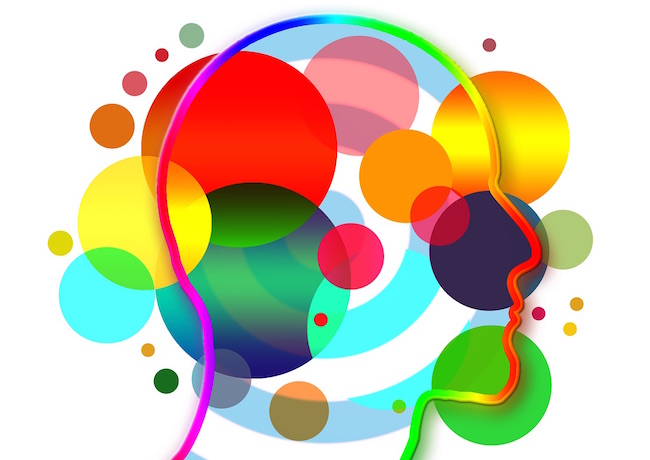
Attention disorders can also affect learning
Attention deficit disorder (ADD) and attention deficit hyperactivity disorder (ADHD) used to be grouped under the umbrella term of ADD. However, in recent years it is ADHD that has become the general label for attention disorders in the US, and ADD without hyperactivity is referred to as a primarily inattentive presentation of ADHD. Note ADD is still used in the UK. Attention disorders are often characterized by difficulties maintaining focus over extended periods.
Children with ADHD can have poor impulse control, be fidgety, and produce messy written work. They are often easier to pick out in a classroom than a student who has ADD (also referred to as inattentive ADHD), as in the case of the latter a learner may not call any attention to themselves. In fact, a learner with ADD may appear to be paying attention and thus the attention difficulty can go unnoticed until it results in incomplete assignments and poor performance on tests. In certain cases a child may even be told they are not trying hard enough.
Reading comprehension, staying on task, following directions, completing extended projects, and organization can all be problematic. Learn more in these articles on ADD, teaching strategies for students with ADHD, ADHD reading problems and ADD vs. ADHD.
Is dyspraxia a learning difficulty?
While not grouped under the learning difficulties/ learning disabilities header, dyspraxia is a motor skills difficulty that can also affect academic success. That’s because it affects the planning and coordination of muscles, including those of the hand.
As gripping the pen or pencil in written language production is painful, writing may contain more spelling errors and less text as a result. In cases of verbal dyspraxia/ apraxia of speech, the muscles of the face, mouth and throat are affected, limiting spoken language production.
People with dyspraxia may also walk with a funny gait, have trouble using a paintbrush in art class, and experience difficulties playing a musical instrument, and/or performing coordinated movements in sports. They can be clumsy and might also struggle with organization and tasks that involve planning. Learn more in our articles helping students who have dyspraxia, and dyspraxia in adults.
Slow processing, apraxia and expressive and receptive language disorders
In addition, some students may present with processing issues. Slow processing can mean a child requires more time to complete school assignments and additional exposures are needed to bring information into working memory.
Expressive and receptive language disorder and apraxia of speech are other language based difficulties that cause issues with comprehension and spoken language production. Learn more in about processing speed, expressive receptive language disorders, and dyspraxia vs. apraxia of speech
Screening and testing for difficulties/ disabilities
When a learning difficulty is suspected, it’s typically recommended that an individual be screened. This is done using a short and sometimes online assessment tool that can indicate whether or not more testing is recommended. If dyslexia, dysgraphia or dyscalculia are suspected, comprehensive testing can be performed by an educational psychologist, or in some cases a speech and language therapist.
The reason for this is no two people with a learning difficulty struggle with the same set or severity of symptoms and thus it’s important to understand where strengths and problem areas lie in order to provide the best strategy training and accommodations.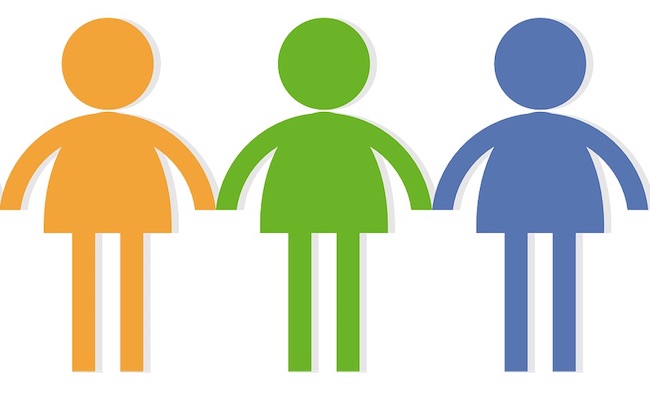
Accommodations and technology
It’s often recommended that individuals who struggle with specific learning and motor skills difficulties be allowed to use a computer to complete school work. One reason for this is typing takes care of many of the presentation aspects of writing, from letter formation to spacing and neatness.
For individuals who struggle with language-based difficulties, learning to touch-type also helps to encode a word as a series of muscle movements in the fingers, which supports spelling skills. Additionally, writing on a device opens up access to auto-complete, predictive text, and spell-checkers. It is also easier and less painful for students with dysgraphia and dyspraxia to type vs. write by hand.
Touch-type Read and Spell (TTRS)
However, learning to type may not be as easy for students with learning difficulties as it is for their peers. Typing programs that emphasize speed over accuracy put pressure on students to perform in timed lessons. They also may not offer accessible displays, which can lead to more frustration and lower confidence.
Touch-type Read and Spell (TTRS) was developed to help individuals with learning difficulties master typing so they can access technology and avoid handwriting at work or at school. At the same time, it was designed to help strengthen literacy skills. The program takes a dyslexia-friendly Orton-Gillingham based approach which is multi-sensory.
Students hear the words, see them on screen and type them out, which helps to reinforce learning in memory. Lessons are broken down into bite-sized modules so they can be repeated as many times as is necessary and every student can learn at his or her own pace. Additionally, the words presented follow a program of English phonics so students enhance decoding, sight reading and spelling skills as they progress.
TTRS is accuracy based, which means students must correct mistakes in order to move on. It’s a learning program which builds confidence gradually as learners repeat modules and improve their skills.
Learning typing not only makes it easier for individuals with learning difficulties to access other tools and online programs, but it builds confidence and self-esteem too!
For learners who struggle with dyslexia
TTRS is a program designed to get children and adults with dyslexia touch-typing, with additional support for reading and spelling.
Chris Freeman
TTRS has a solution for you
An award-winning, multi-sensory course that teaches typing, reading and spelling

How does TTRS work?
Developed in line with language and education research
Teaches typing using a multi-sensory approach
The course is modular in design and easy to navigate
Includes school and personal interest subjects
Positive feedback and positive reinforcement
Reporting features help you monitor usage and progress




